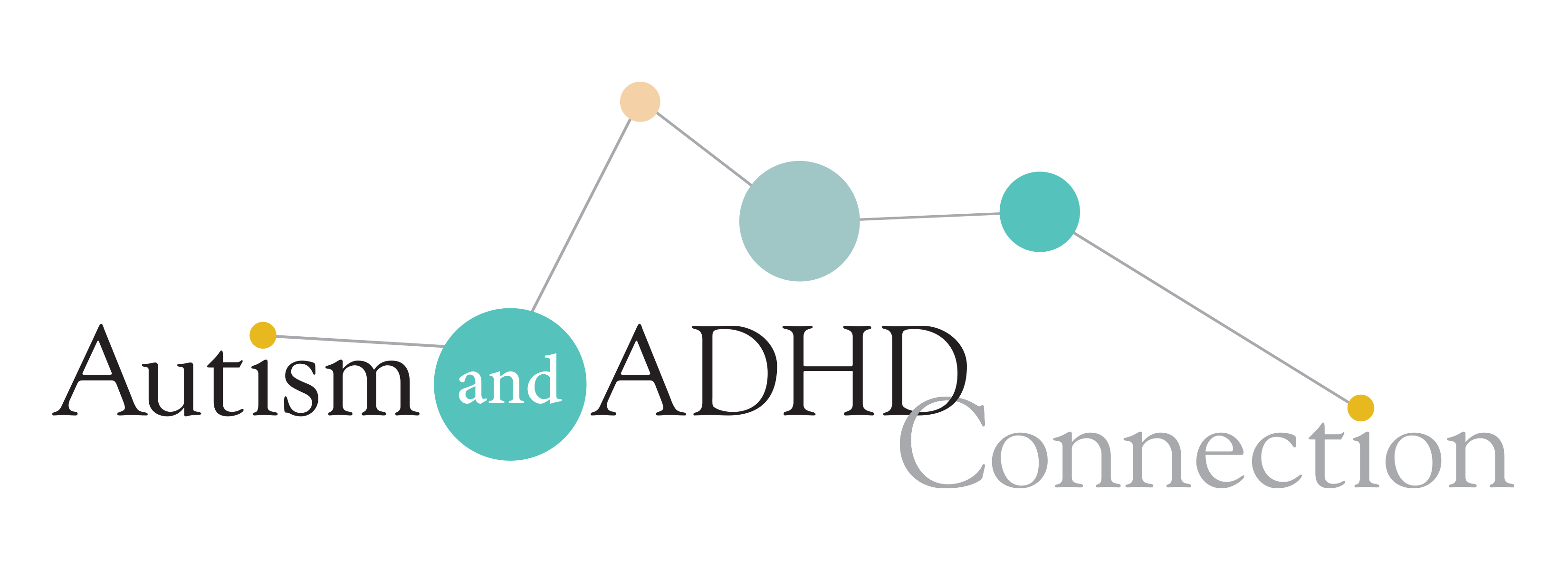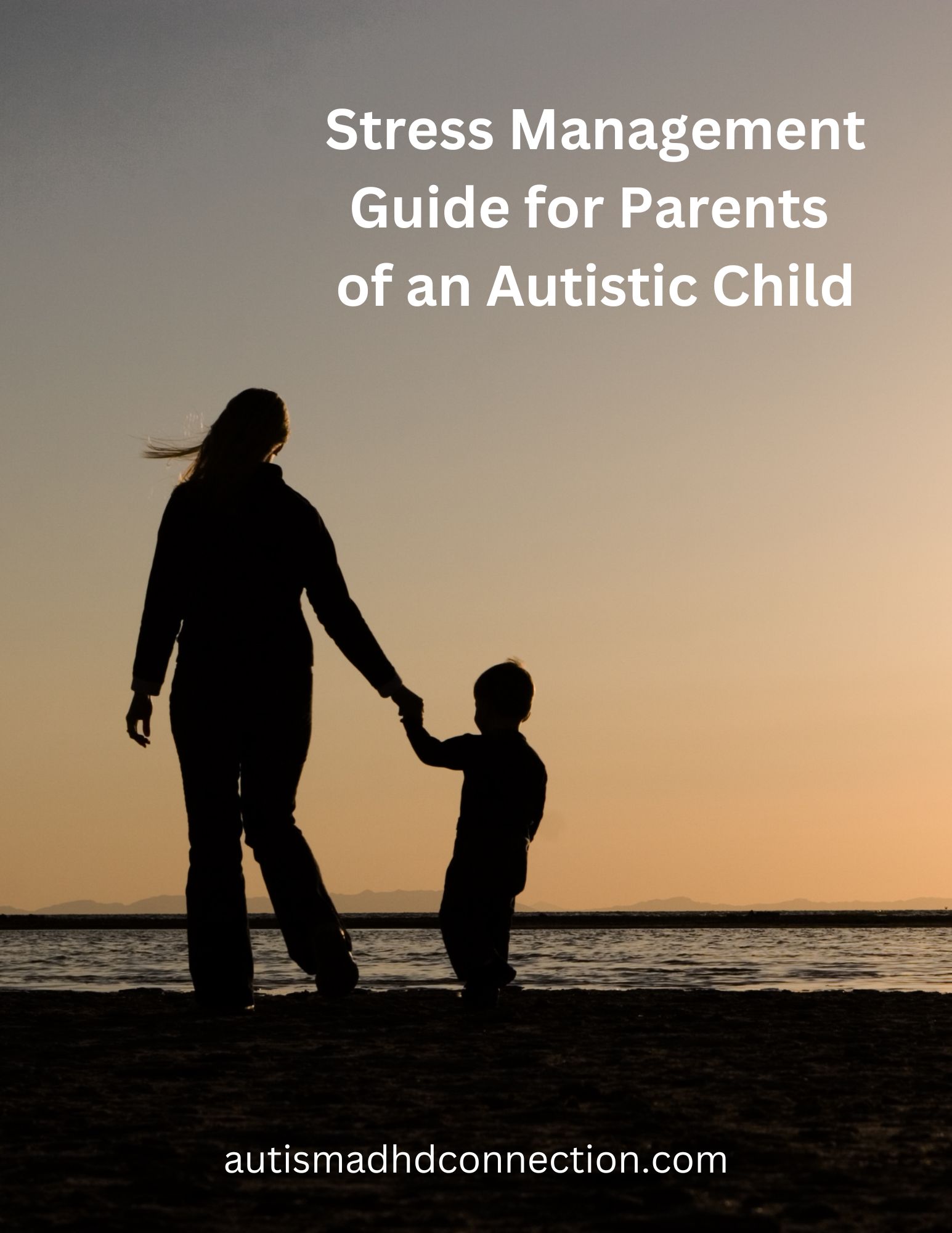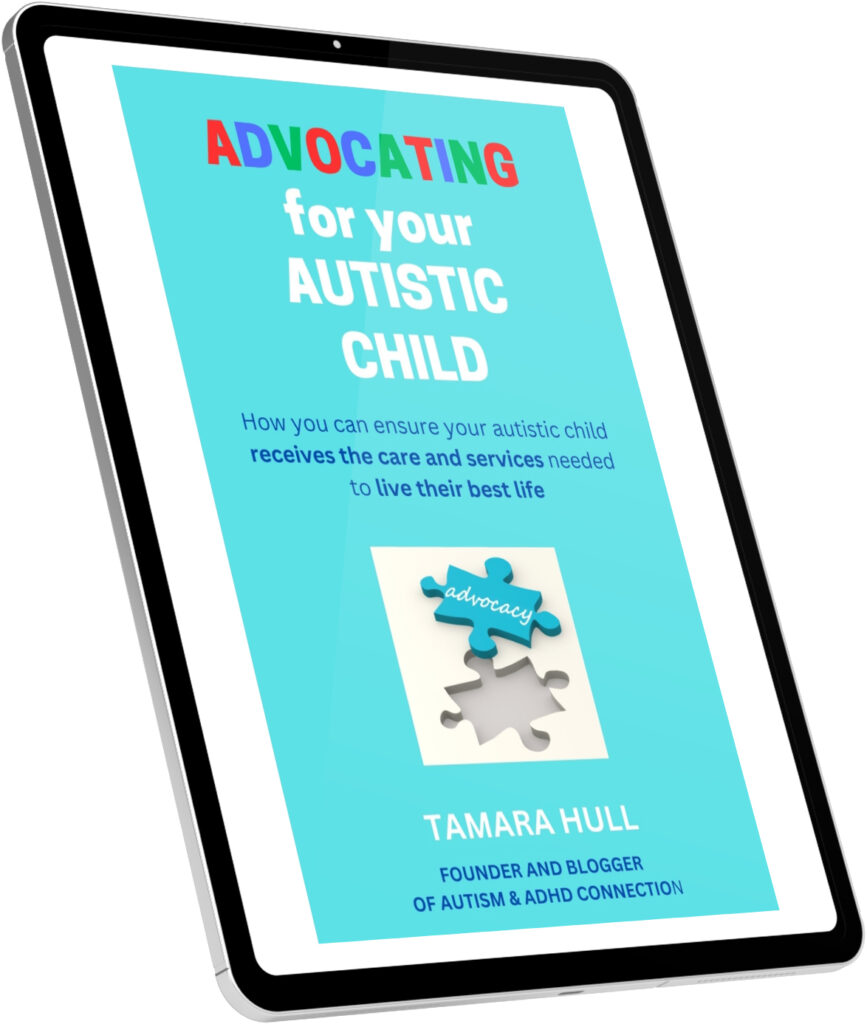In today’s world (especially during the COVID-19 pandemic!), so much of our lives are spent online. That is true for our kids and teenagers as well. In fact, studies show that 95 percent of teenagers (ages 12 to 17) are now online. The Internet offers so many tools, education, information and entertainment options. Yet, the Internet has a dark side too. So how can you ensure the safety of your teenager with autism and ADHD on the Internet?
Children and teens with autism are more likely to lack communication and social skills. That means they may be more susceptible to online threats such as cyberbullying, catfishing, identity theft, fraud and more. In addition, they more likely to develop obsessions and addictions related to the Internet because of their tendency to develop special, focused interests.
Our son J has been challenged with the Internet over the years. Most of it relates to YouTube and an obsession he developed years ago. That stemmed from his special interest of Mario Brothers games and then the Five Night at Freddy’s videos where he watched others play the game. He also has had to learn how to maneuver adding comments to YouTube videos, and unfortunately, he learned the hard way of what not to say in those. We also have to actively monitor what content he is consuming via the browser on his phone and computer. Thankfully, we have yet to have to deal with any cyberbullying issues, but I keep my eyes out for it. J also is well aware that he should not give out any personal information online, including his full name, address, email, phone number, etc. (unless it’s for an account that he is creating with our permission).
So how can you ensure the safety of your teen with autism and ADHD on the Internet? Check out these nine steps.

1. Determine their device and app settings
First, what devices does your child have – a smart phone, basic cell phone, tablet and/or computer? What type of apps or programs is your teen using on them? You will want to take some time to go through them and set the maximum levels of privacy for them. I know this will take a while (it did for me!), but it’s time well worth spent to keep your teen safe. In addition to privacy settings, you can set any content and time limits at the same time.
2. Set expectations for Internet use and monitor it
As parents and caregivers, it’s important we explain our expectations about Internet use to our teens. What devices can they use? Where can they use them? How long can they use them each day? What content restrictions must they adhere to? Then it’s important that we monitor their use so that we can address any issues as they arise.
Some parents like to create an Internet agreement with their teenagers, so they are both clearly aware of these expectations. An agreement also notes the consequences if the teen doesn’t follow the Internet rules of the home.
3. Explain what information should not be shared online and why
While the Internet has many positive aspects, it also has a dark side. Predators, hackers and con artists are skulking to find vulnerable people who will give out personal information that could lead to identity theft and even personal harm. It’s important they know:
- Not to share any confidential information online.
- Not to send photos of themselves to people they don’t know in real life.
- To respond only to appropriate social media posts and comments.
- Never to give out banking/credit card info to anyone online and don’t be duped into sending someone money through the mail.
These are especially important to teach Internet safety to your teenager with autism and ADHD.

4. Prevent cyberbullying
Teens with autism and ADHD are at higher risk for cyberbullying on the Internet. Many times, it’s school related and done by classmates. However, it can be from strangers online. Here are some ways you can help your teen keep cyberbullying from happening to them or dealing with it if it occurs:
- Ensure your teen’s profiles on their social media accounts can only be seen by people your teen knows and trusts
- Teach them to avoid engaging in abusive posts. If your teen’s account has any abusive posts, remove them quickly and “unfriend” and block person.
- Gather evidence by taking screenshots of the bullying text messages, social media posts or other online behavior.
- Contact your child’s school if the abuser is a classmate.
- Reach out to the content provider since cyberbullying goes against almost all Internet, phone, gaming and social media providers’ terms of use agreements. Check out this link from the Cyberbullying Research Center, which keeps this list up to date.
- Call your local police if the bully is threatening physical harm.
5. Discuss the integrity of information online
As adults, we understand that not everything on the Internet is accurate. (Unfortunately, a lot of it is not!) That means it’s important that we discuss the integrity of the information that is online and to help our teens determine what are credible websites and resources. I’ve had this discussion a lot about Wikipedia with my teens. While some of it may be accurate, some of it is not since the information is crowd sourced. Therefore, it’s important they understand how to find the right websites and people online who can provide better information.
In addition, our teens with autism and ADHD need to read comments on articles, videos, etc. with a “grain of salt” when it comes to accuracy. These are people’s opinions and theories, and they should be treated as such. It’s important to be polite on forums and social media, but it’s also important for our teens with autism and ADHD not to believe everything just because it’s published on the Internet.

6. Teach your teen how to keep passwords and usernames safe
Identity theft and fraud are big problems on the Internet, so it’s essential to teach your child how to safeguard their usernames and passwords for their online accounts. Be sure they:
- Use a password manager like 1Password or Last Pass.
- Don’t give out passwords and/or usernames to anyone, including friends, teachers or siblings.
- Ask for your permission before signing up for any accounts, email newsletters, etc. online.
7. Educate them about using email
As much as many of us don’t like it, email is part of our lives as adults. We need it for so many things, and our teens must begin using it for school and other interactions too. Ensure they know to:
- Beware of emails from addresses they don’t know.
- Become familiar with phishing attempts. Phishing is when hackers will send emails that look like they are from a credible and familiar source but have an attachment or link to a website that will download malware, a virus or other threat to your computer or device if opened.
- Open attachments only from a trusted source (and with checking email addresses before opening them).
- Be selective about when to give their email addresses out to people or organizations, especially those they don’t know.
8. Avoid sensory overload
Many of our teens with autism and ADHD must deal with sensory issues. Therefore, it’s key to make some adjustments so that their devices are not triggering sensory problems for our teens.
- Adjust brightness and other settings like volume on the device so that it’s at a level more tolerable for your teen.
- Set time limits for being on their devices and make sure your teen is being social offline, stretching, etc. during those times. It’s too hard to get “trapped” being online for too long.
- Turn off autoplay to videos on YouTube, social media and other accounts/apps.
- Turn off “sounds” for clicks in apps.
9. Advise your teen about dating online

Sometimes, teens with autism and ADHD feel like it’s easier to meet a potential romantic partner online instead of in real life. That has dangers and complications, especially with so many predators who “catfish” vulnerable teens and children online. Catfishing refers to someone who creates an online fictional persona (including social media accounts, etc.) to lure children, teens and even adults into relationships with them. Read this article to find out more about catfishing.
To ensure Internet safety for your teen with autism and ADHD when they meet someone online, advise them to:
- Speak to the other person over video chat so that your teen can see the person is who they say they are.
- Ask to add them as a friend via a social media channel so that your teen can check out their profile and posts to again be sure they say who they are.
- Be careful about meeting the person in real life. If they do take this step, it should be in a public place, preferably not alone and have independent transportation to and from the meeting spot.
- Never give out their home address.
- Verify the person’s photo using reverse image search on Google.
- Check out the person’s friend count and profile pictures. For someone who is catfishing, they tend to keep their profile pictures stagnate for a long time.
- Be wary if someone wants your teen to be secretive about them.
- Encourage them not to do anything that makes them feel uncomfortable.
While being online is almost a necessity for our teens with autism and ADHD, it’s important that we ensure their safety on the Internet. What suggestions do you have? Share them in the comments below so that we can support and encourage one another on this journey!







